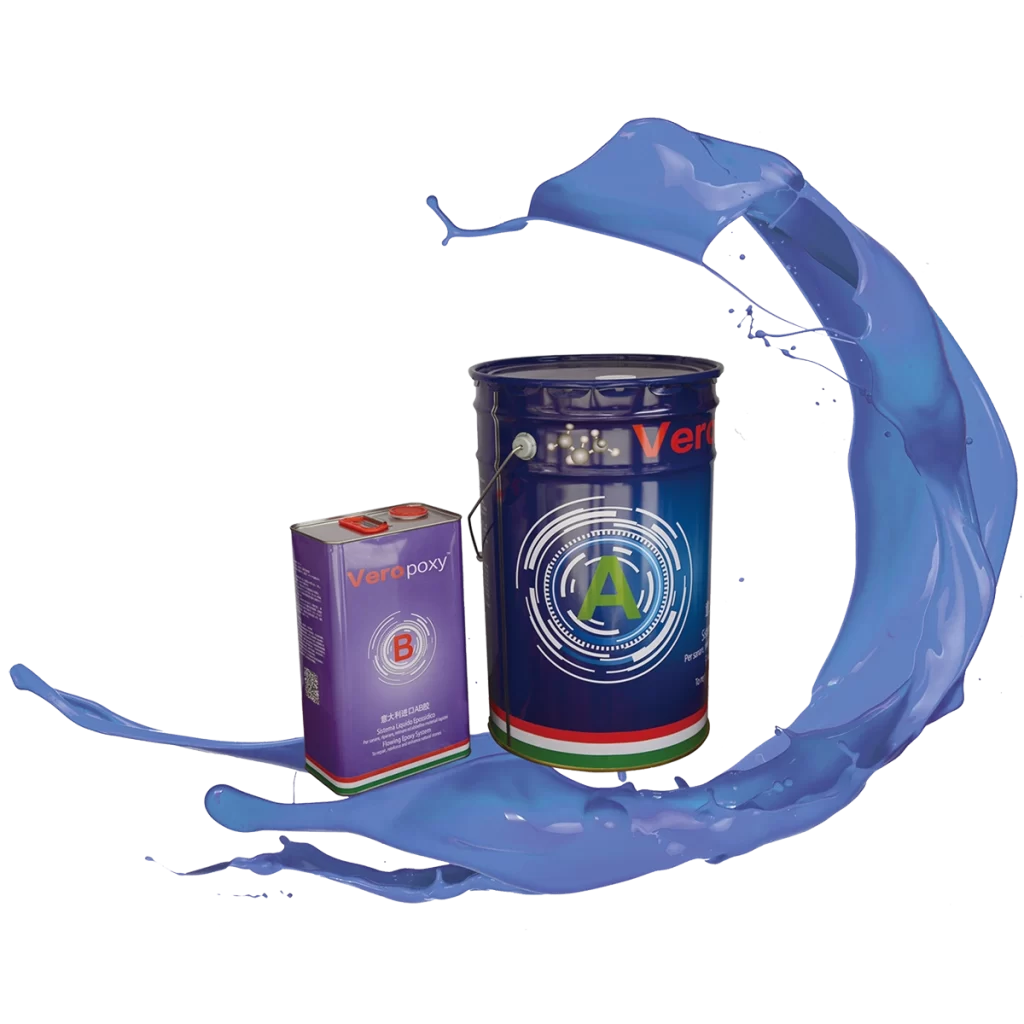Imagine a beautiful piece of stonework embedded with semi-precious stones, each gemstone catching the light and adding a unique charm to the stone surface. These stones have geological as well as aesthetic worth in addition to being decorative. How then can we make sure these treasures resist environmental elements, wear, water damage, and ageing? Here is when epoxy resin performs a hero role. Epoxy resin offers a protective shield when used as a sealant, so extending the long-term beauty of semi-precious stones.
In this exploration, we’ll delve into the effectiveness of epoxy as a sealant, especially regarding its long-term durability on semi-precious stones within stone structures. We will go over its resistance to environmental exposure and wear, evaluate its interaction with different kinds of stones, and go over typical issues including yellowing, cracking, and moisture resistance.

epoxy resins
Why Epoxy as a Sealant?
Popular for its strength and durability, epoxy resin is a synthetic material used in sealings of stone surfaces. Applied once, epoxy creates a glossy, hard layer that not only improves the look of semi-precious stones but also protects them from chemical and physical harm. Epoxy bonds firmly by penetrating tiny pores in stones, so preventing problems including water absorption and contaminant build-up that might otherwise damage the gems over time.
How Epoxy Protects Semi-Precious Stones in the Long Run
1. Moisture Resistance
One of the key reasons epoxy resin is highly valued in stone applications is its superior moisture resistance. Applied as a sealant, epoxy forms a waterproof barrier over the surface of the stone or gemstones, so stopping water from seeping into them. For semi-precious stones that might be prone to water absorption, such as turquoise and opal, which might be weakened or discoloured with moisture, this is especially crucial.
2. Protection Against Physical Wear
Countertops, flooring, or decorative wall panels made of stone installations including embedded gemstones are frequently used in varying degrees of wear. The strong, hard finish of Epoxy helps protect these surfaces from abrasion of all kinds, including scratching and chipping. The stones thus keep their integrity and polish, which enables them to look new for longer even in busy surroundings.
3. UV Resistance
For pieces with lighter or translucent stones, exposure to sunlight can cause some epoxy resins to yellow over time—a major issue. Modern developments have, however, brought UV-resistant epoxy formulations that keep their gloss and clarity even in direct sunlight. Choosing a UV-resistant epoxy helps artists to make sure the semi-precious stones stay brilliant and unaltered by sealant colour variations.
4. Chemical Resistance
Semi-precious stones sealed in epoxy resin are protected from many household and environmental toxins including acids, oils, and even pollutants by epoxy resin. For stones placed in kitchens, bathrooms, or outdoor areas where they might come into touch with possibly dangerous materials, this chemical resistance is especially important. The chemically inert barrier of epoxy keeps such materials from breaking down the surface of the stone, so maintaining its appearance and structural integrity.
5. Thermal Stability
Temperature variations can impact the stone as well as the sealant, resulting in either contraction or expansion that might lead to cracking. Superior epoxy resins are made to allow some degree of thermal movement, so lowering the possibility of cracks or breaks. Outdoor installations or environments with changing temperatures depend on semi-precious stones and their epoxy seals to withstand the demands of heat and cold, thus this thermal stability is absolutely vital.
Potential Downsides and Considerations
Despite its many advantages, epoxy resin does come with some potential drawbacks. Its propensity to yellow, particularly in non-UV-resistant formulations, is a regular cause of worry. This yellowing can take away the gem’s inherent beauty for lighter or translucent stones. One can help to reduce this problem by selecting a UV-stable epoxy.
Epoxy also isn’t totally immune to scrapes. Although it presents great resistance, sharp or abrasive objects can still mark its surface, thus high use areas should be taken great care in. Ultimately, even if epoxy offers most stone surfaces great adhesion, stones with very low porosity may not bond as well and special formulations or primers could be needed for best effects.
Factors Influencing Epoxy Durability on Semi-Precious Stones
The longevity of an epoxy-sealed stone surface depends on a few important factors, including the quality of the epoxy, the type of stone, and the installation environment. These pointers help to guarantee the best results:
Select a High-Quality Epoxy: Not every epoxy resin is produced equal. Purchasing a premium product with UV and thermal resistance will give a more strong and long seal.
Ensure Proper Application: Applying epoxy evenly in thin layers reduces the chance of bubbles, uneven curing, or weak spots, all of which could shorten its lifespan.
Consider the Stone Type: Higher porosity stones, such limestone, gain more from epoxy sealing since they absorb moisture easily. Non-porous stones could call for particular adhesion-promoting treatments.
Monitor Environmental Exposure: Avoid excessive sunlight, extreme temperatures, or abrasive cleaning chemicals, as these can degrade epoxy’s protective properties over time.

Epoxy resin has become a go-to solution for enhancing and preserving the beauty of semi-precious stones in stone installations. Epoxy provides protection against wear, UV stability, and moisture resistance, so shielding these treasures and ensuring their appeal even in demanding environments. Although some small issues like possible yellowing and sensitivity to scratching exist, selecting the correct kind of epoxy and using correct application techniques will help to reduce these issues.
Epoxy resin and semi-precious stones interact not only in terms of materials but also in a mix of science and aesthetics whereby chemistry meets design to produce enduring works of art. The choices for preserving and improving semi-precious stones will only grow as epoxy technology develops, offering even more promising even more durability and beauty for next projects.
Post time: 11 月-07-2024

